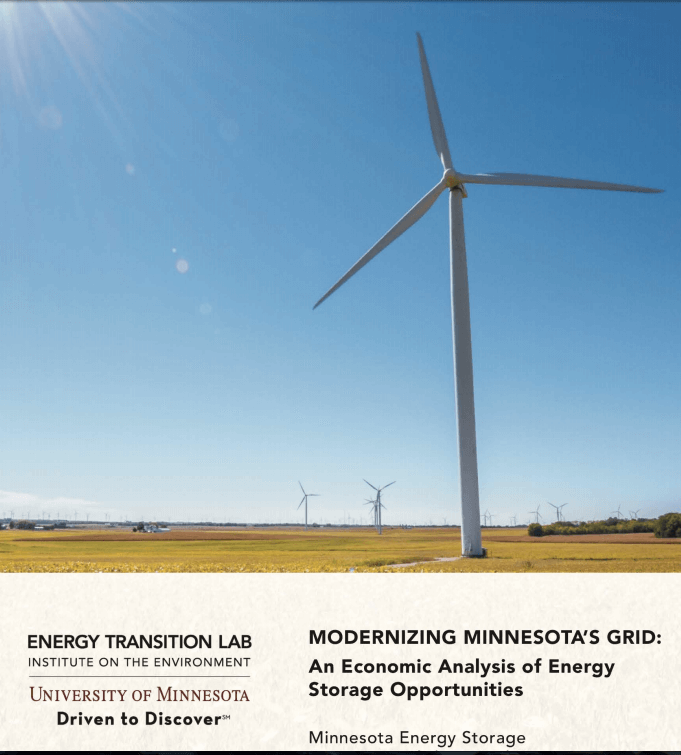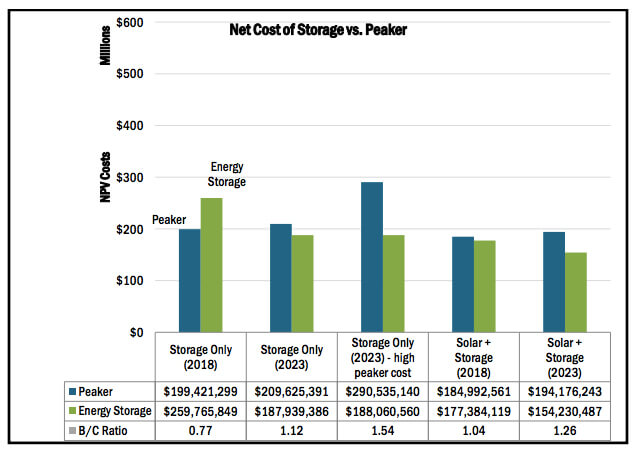
The MESA report begins to quantify and list the multiple value streams that energy storage can offer to enable a more flexible, reliable, and affordable grid.
The results and outputs of an energy storage modeling report released by the Minnesota Energy Storage Alliance (MESA) are encouraging, according to the Energy Storage Association (ESA).
The new MESA report delineates the multiple benefits of using energy storage systems to eventually replace the need for gas-fired peaking plants to meet the dynamic needs of operating the grid in Minnesota and throughout the Midwest Independent System Operator (MISO) territory.
Importantly, this report begins to quantify and capture the multiple value streams that energy storage can offer to enable a more efficient, flexible, reliable, and affordable grid.
The report provides a detailed cost-benefits analysis of energy storage systems deployed primarily to meet peak demand needs on the system and the comparative economics of a traditional natural gas-fired peaking plant, laying out recommendations for power sector stakeholders to consider.
Their analysis demonstrates that a solar photovoltaic array paired with an energy storage system is a cost-effective alternative to gas-fired generation today, and that continued cost declines and access to more value streams will enable energy storage to replace the need for additional new peaking plants very quickly.
Current resource expansion plans in Minnesota foresee the need for nearly 1,800 MW of new gas-fired generation to meet peak capacity needs in addition to wind and solar resources, primarily to replace the capacity losses from thousands of megawatts of coal power plants over the coming decade. The report makes a compelling case for integrating energy storage into planning and deployment strategies for the state’s utilities, regulators, and grid operators.

Summary results for cost comparison of energy storage to natural gas peakers. With the exception of the storage-only project in 2018, all projects including storage are more cost-effective than comparable gas-fired peakers.
Recommendations highlighted in the report are reflective of findings from previous studies on energy storage strategies. Some specific recommendations include:
- Work with utilities to develop and propose an energy storage pilot project to the PUC
- Update modeling tools used in integrated resource planning process to allow for appropriate treatment and evaluation of energy storage as a potential resource
- Direct future capacity additions to be conducted through all-source procurements
Overall, ESA finds that this report highlights what many in the energy sector are acutely aware of – energy storage enables grid planners and operators to create a more efficient, flexible, reliable, and affordable grid, and can be deployed to solve a wide array of challenges brought on by the continued transformation of the power sector.
Minnesota provides a critical opportunity for industry expansion in the coming years, and the work by MESA bolsters ESA’s mission to promote the adoption of competitive and reliable energy storage systems for electric service.
Filed Under: Energy storage, News




